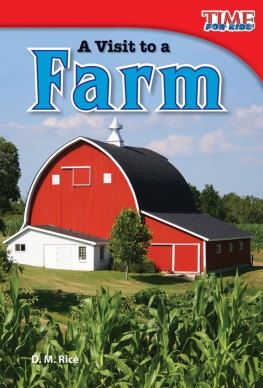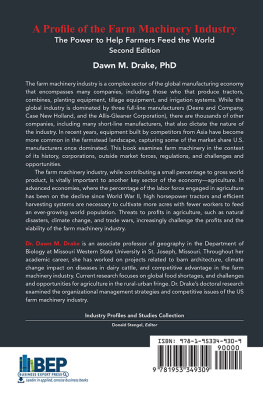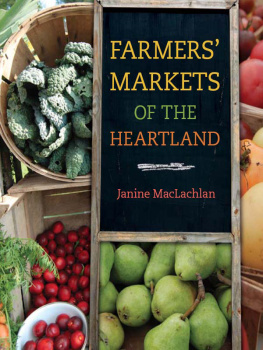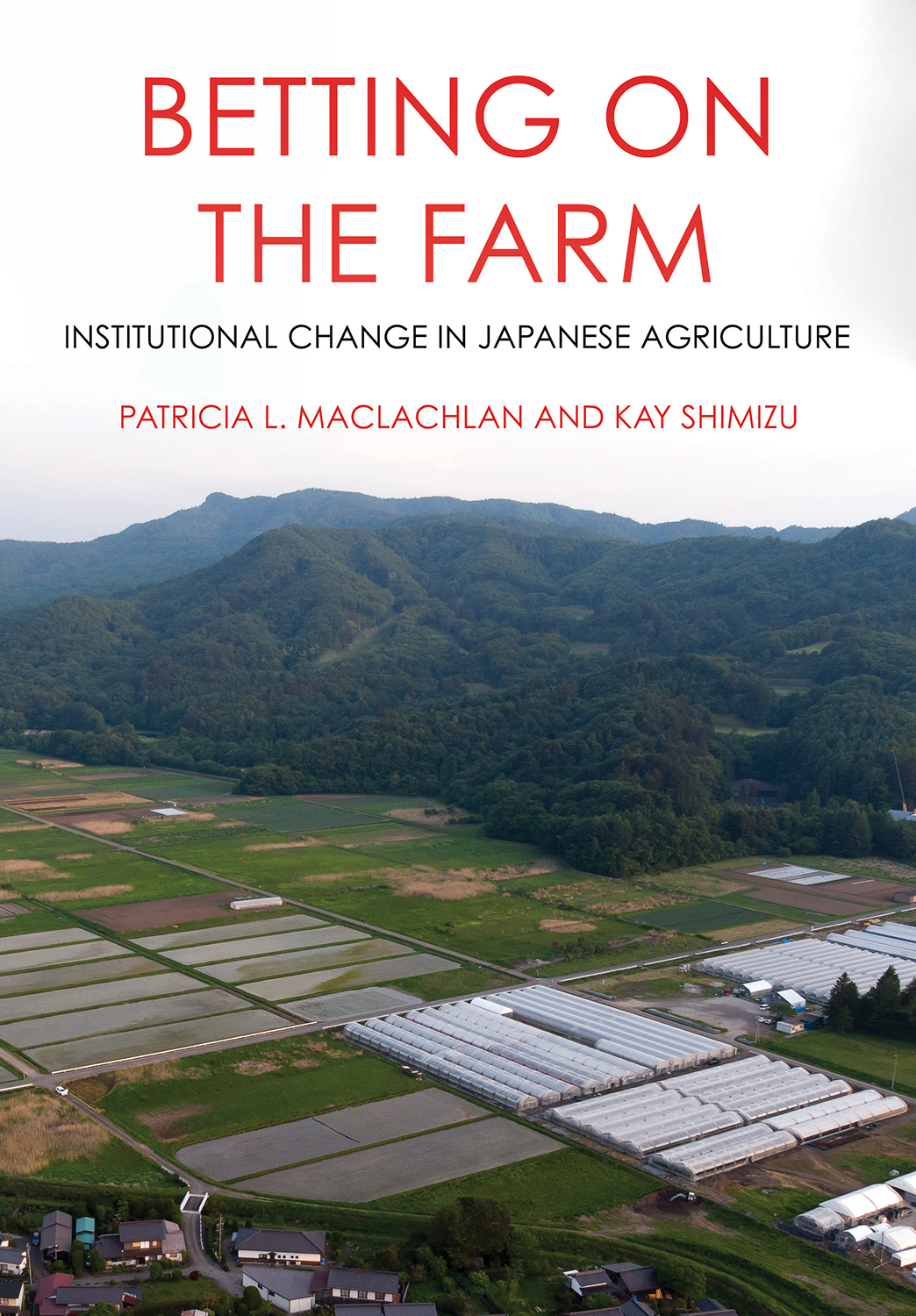Contents
List of Tables
List of Figures
Guide
Pagebreaks of the print version
BETTING ON THE FARM
Institutional Change in Japanese Agriculture
Patricia L. Maclachlan and Kay Shimizu
CORNELL UNIVERSITY PRESSITHACA AND LONDON
For Catherine, Jonah, and Hana
Contents
Tables and Figures
Tables
Figures
Preface
We like telling stories. But one of the drawbacks of social science scholarship is that storytelling must adhere to strict standards of objectivity and relevance. This is a shame, since so many of our memorable experiences in rural Japan these past several years must be left untold.
Take, for instance, the day in June 2017 when we risked our lives in the Mount Aso region of Kumamoto Prefecturea day we touch on in more objective terms in our epilogue. The culprit: Hironaga-san, a gregarious, seventy-five-year-old retired math teacher and amateur photographer. We had hired Hironaga-san through a local friend to drive us around for a day of interviews in the mountains, along with Kays five-month-old daughter, Hana, and a kind, middle-aged nursery-school teacher who was Hanas nanny for the day.
Hironaga-san drew up outside our Kumamoto City hotel at the appointed hour in an ancient, duct-taped Mitsubishi minivan that drew snickersand, later, tearsfrom at least one member of our little entourage. How that van managed to accommodate us and our baby gear was a mystery, for every inch of it seemed to be taken up by something: Hironaga-sans camera equipment, cooking utensils and a sleeping bag (Hironaga-san liked to sleep outdoors), books about birds and plants and bugs, and even some dead bugs. More worrisome was the fact that only one of the five seats had a functioning seatbelt. (We assigned that seat to Hana.)
As we pulled out of the hotel parking lot, we realized that the minivan also wanted for air conditioning and shock absorbers. But no matter. It was a lovely, sunny day, and we were headed into one of the most beautiful regions of Kyushu.
The real trouble started about forty-five minutes in, when we pulled off the highway and began to ascend the narrow, winding roads into Mount Aso. Hironaga-san cheerfully navigated the treacherous terrain with pedal to floor and just one hand on the steering wheel, regaling us with tales of past adventures over the din of the engine and the wind whistling through the open windows. Clutching our handrails and lurching in unison from side to side, we watched in fright as descending trucks barreled past. Unperturbed, Hironaga-san grabbed a harmonica with his free hand and started to play. Any requests? he yelled into the back seat.
After nearly an hour of this, we pulled into a rest stop. The last straw for the nanny came when Hironaga-san retrieved a lug wrench from the back of the van and proceeded to tighten the bolts on his wheels. She would have left us for good at that point had she found an exit ramp.
Obviously, we made it through that day. And what a day it was. Hironaga-san thoroughly endeared himself to us by supplying us with snacks, entertaining Hana, and even asking some sharp questions of our interviewees. Together, we surveyed what remained of the damage wrought by the massive Kumamoto earthquake of April 2016gashes rippling through farmland, entire hillsides missing. And we met with farmers, local government officials, and a town mayor. Most significantly, we bore witness to the enormous economic and demographic challenges currently facing rural Japan.
How farmers and particularly agricultural cooperatives are responding to those economic and demographic challenges is the central story of this book. To tell that story, we have become indebted to a long list of individuals and institutions. Heartfelt thanks to Sera Kikuko, of Kumamoto City, who introduced us not only to Hironaga-san but also to several of the individuals whose experiences are chronicled in this book. Seras warm hospitality and generosity opened doors to a side of Kumamoto Prefecture that we never would have discovered on our own. We are also very grateful to Governor Kabashima Ikuo of Kumamoto Prefecture, Mayor Umeda Yutaka of Yamato, and Hamada Yoshiyuki of the Kumamoto prefectural government for their time and generous assistance.
In Nagano Prefecture, Miyamura Chiaki, head of the Karuizawa Lions Club, introduced us to a number of our interviewees, among them Yanagisawa Toshihiko of Sunfarm Karuizawa, who generously granted us several interviews and offered helpful introductions and advice. We also thank Koizumi Minoru, an organic farmer in Karuizawa, and Inayoshi Masahiro of Sunfarmers in Shizuoka Prefecture for their time and insights. And in Tokyo, the following individuals patiently answered our incessant questions and opened doors to further interviews: Kamei Zentar , formerly of the Tokyo Foundation; K no Tar , LDP Diet member from Kanagawa Prefecture; Matsukata Shichir and his colleagues at the Ginza Rotary Foundation; Noda Takeshi, LDP Diet member from Kumamoto Prefecture; Hayashi Yoshimasa, LDP Diet member from Yamaguchi Prefecture and former minister of agriculture; and Takagi Y









